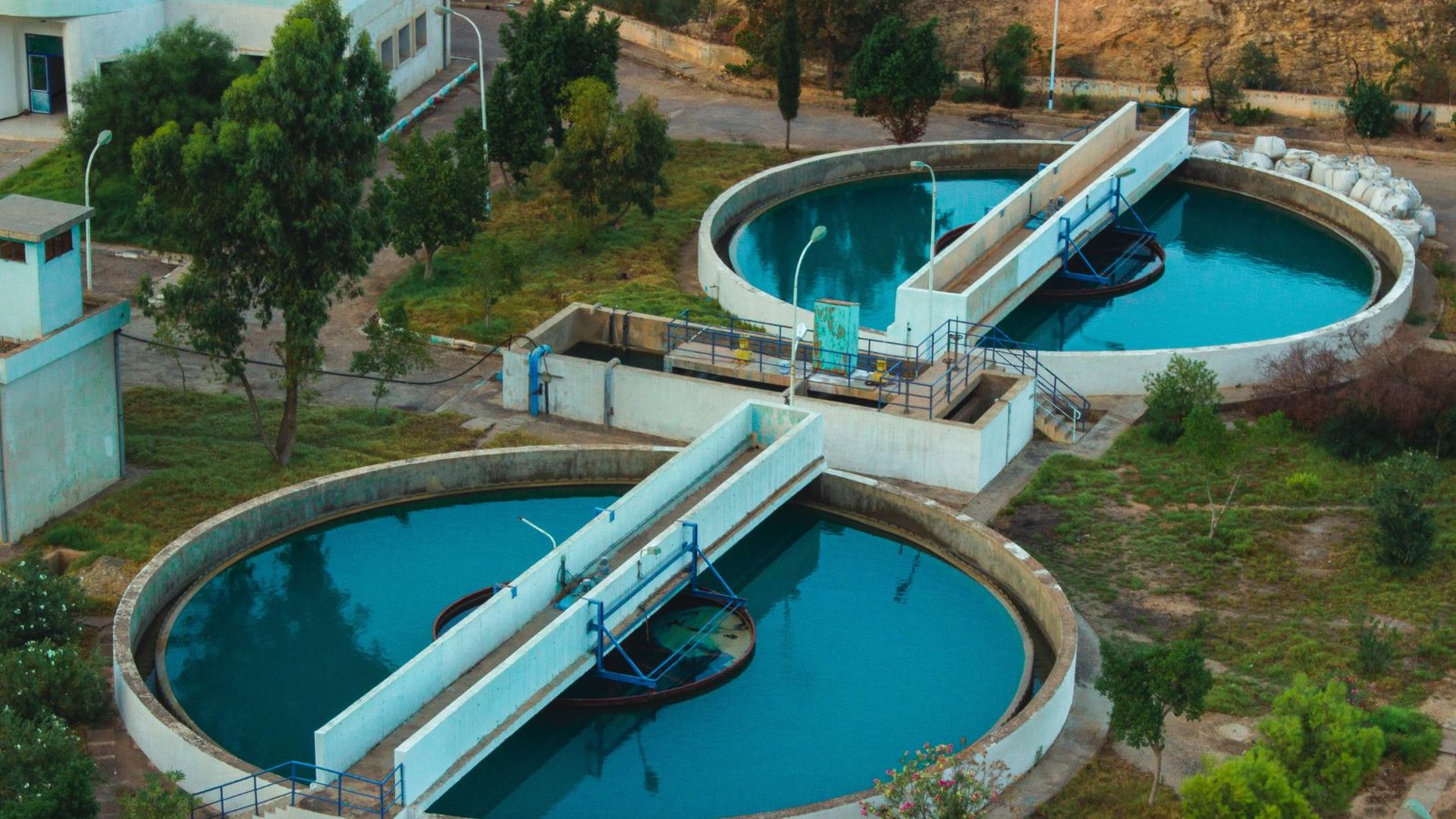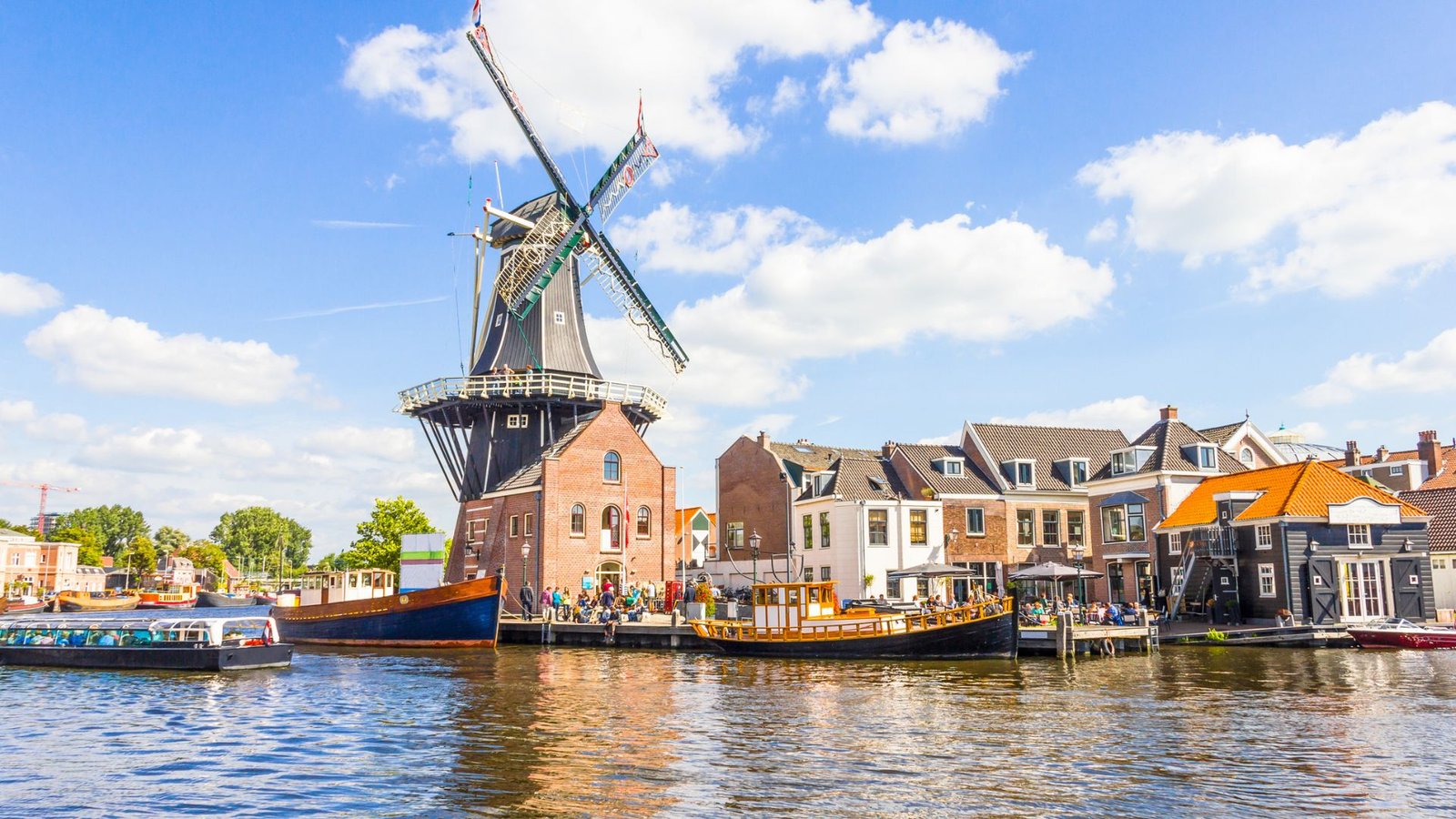History of Water Treatment
It was only a few hundred years ago when civilizations were unaware of basic water treatment processes like chlorination, water softening, reverse osmosis, and other technologies we use today to provide clean water to our population.
In this article, let’s review the timeline of water treatment history so that you can learn when more advanced filtering technologies started and how we got to where we are today with water treatment.

2000 B.C. Ancient Civilizations
In ancient civilizations, cities were usually established around sources of water such as rivers and streams as is the case today as well.
The main reason civilizations were (and still are today) established around sources of water is because rivers back then were the highways of humanity and offered the best source of transportation. Freshwater sources are also vital and needed for a healthy population.
In this time period, an understanding of drinking water quality was not well known beyond aesthetic problems such as the appearance, smell, or tastes in the water. They used herbs and flowers to help mask some of these problems.
The first sign of evidence of more advanced water filtration methods was from ancient Sanskrit and Greek documents about medical concerns which declared that “impure water should be purified by being boiled over a fire, heated in the sun, or filtered through sand and coarse gravel then allowed to cool.”
These writings showed that even in ancient civilizations they were making advances in purifying water which is pretty amazing since we still use these base technologies today.
1500 B.C. Findings
At this time there is evidence in Egyptian civilization that shows a method of purifying water in which they siphoned water through a series of wick siphons.
The ancient Egyptians also used coagulation by adding Alum to the water supply to separate contaminants from pure water.
500 B.C. First Water Filter Invented
In around 500 B.C. Hippocrates the father of modern medicine invented the first type of water filter device which they named the Hippocrates sleeve.
The sleeve was a piece of fabric that filtered boiled water to remove sediment and debris from the water supply.
Also during this time period civilizations were growing and the natural water sources become less sufficient for a growing population.
In the Roman Empire to solve this problem, they invented aqueducts that transported freshwater from areas of abundance into highly populated city centers.
This was a revolutionary invention and aqueducts were the foundational technology for all subsequent large cities.

Middle Dark Ages
For the following 1000 years or so there was a time period where not much scientific or technological advancement was made in water technology.
During this time period, the Roman Empire collapsed and the destruction of aqueducts brought abundant clean water and effective distribution to a halt.
It took many years and pandemics such as the black death until major steps could be taken to prove the importance of clean water for health and civilizations.

1600-1700s
This was the first time period where wood, sponge, and charcoal filters were used more frequently and incorporated into the water filtration processes.
There was also a lot of scientific experimentation around this time such as when Francis Bacon was experimenting with seawater desalination.
1800
During this time the first municipal treatment plant was designed in Scotland by Robert Thom and Chlorination was found effective to address germs such as cholera.
This was the first time when scientists discovered that water could look pure but also be contaminated with microorganisms which led them to implement sand filtration and chlorination.

The 1900s
This was the first time when water softening and ion exchange treatments gained credibility.
Water softening was invented as a technique to desalinate water by exchanging sodium for cations in ion exchangers.

From 1900-Today
There has been a lot of advancement during this time period since most of the modern drinking water standards and laws were established during this time period. This was the first time period in the modern developed world where water was considered a right for all people.
- Around 1914 the first drinking water standards were implemented
- Around 1948 UCLA and the University of Florida made freshwater by using reverse osmosis technology
- 1970 the EPA also known as Environmental Protection Agency was established
- 1972 the clean water act was passed
- 1974 Safe drinking water act or SDWA was passed
- 1970’s-80s water pollution controls like aeration, flocculation, membrane and RO implemented
- Today, one of the main concerns and problems to solve is now disinfection byproducts and pollutants in the environment
What History Shows us About Water Treatment
What we can tell by looking at a brief history of water treatment and technology is that the current water sanitation conditions in the developed world are much better than they were 100’s of years ago when they weren’t aware of microbial contamination and didn’t know how to distribute clean water at scale to large populations.
We have advanced a lot in terms of providing clean water to a large population of people through efficient transport mechanisms as well as implementing the basic chemical and physical treatment technologies.
One fascinating observation is that even back in ancient Greece and Indian times they were using similar technologies like sand filters, coagulation, boiling, and heating water to purify it which we still do today.
They were able to figure out some of the basic technologies that we still use they just didn’t understand how to properly distribute these technologies at scale or the effects that microbiological organisms could have on the water.
Today, the biggest problems we have to solve are: removing and limiting disinfection byproducts, limiting environmental and waste pollution near our water sources, and global climate change which is changing some weather patterns and causing more droughts in some areas of the world.


